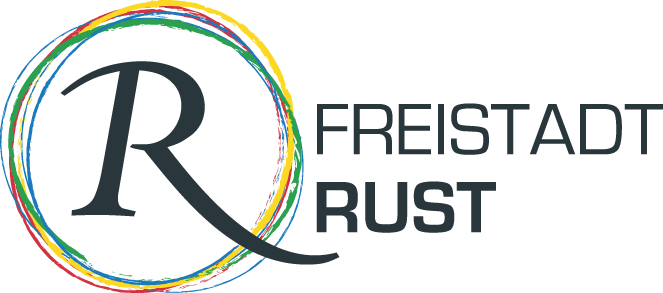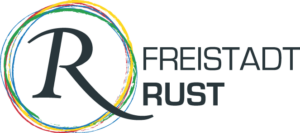Sights
Kremayrhaus
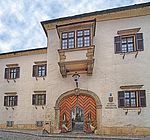
The Kremayr House, one of the most striking architectural structures on the “Rathausplatz” (town hall square), was bestowed to the municipality of Rust by the patron of the arts, Mr. Rudolf Kremayr in 1986.
Address: Conradplatz 2, A-7071 Rust
City Hall
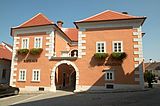
The inscription “Erbaut Anno 1673” can be found on the west portal of the two-story three-winged building. The house was renovated for the first time in 1703. The building is painted red, the reinforced edges are white. On the east side there is the cellar portal with the inscription: “& quot; I’m quite comfortable when I’m full”;. Above the courtyard there is a three-axis loggia with two columns decorated with leaves.
Address: Conradplatz 1, A-7071 Rust
Fischerkirche

The Fischerkirche (Fishermen’s Church) is the most valuable architectural structure in Rust from an art-historical and cultural-historical point of view. The history of this little church is equally as diverse and complex as the architectural periods represented within. The heart of the church is the Romanesque hall church dating back to the 11th century. The name “Fischerkirche” was first seen in the middle of the 20th century but can be attributed to a legend.
Address: Rathausplatz 16, A-7071 Rust
Protestant Chruch
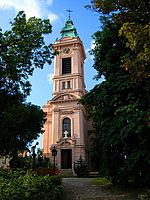
The classical church was built in 1784, initially without a tower. The façade yoke and the tower, built in 1896, are decorated with neo-baroque stucco, profiled cornices and flowers. Inside the church there is a classicistic age, Corinthian columns, and pilasters as well as a valuable brass chandelier with eagle (17th century) and a tombstone under the gallery.
Address: Conradplatz 4, A-7071 Rust
Catholic Church
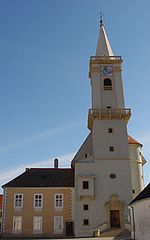
The church was built in the years 1649 – 1651 by Protestant citizens. In 1674, during the Counter-Reformation, the Protestants had to cede the church to the Catholics. It is an early Baroque building to which a school building was attached on the northern side.
At the level of the façade gable there is a gallery with a stone balustrade on consoles, a second one at the foot of the stone pyramidal helmet. Inside there is a freestanding high altar, the rococo tabernacle, two side altars, a wooden pulpit, a baptismal font and an organ.
Address: Kirchengasse, A-7071 Rust
Seehof
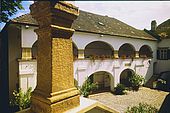
It is a group of buildings from the 16th and 17th centuries, which originated from several private houses. These were later bought by the municipality.
From 1643 to 1712 it housed the town hall, from 1712 to the 19th century a barracks, and from 1919 to the 1980s the first citizen’s school with German language of instruction – today the complex houses the wedding and banquet hall of the municipality, baroque rooms for exhibitions and events, and the Austrian Wine Academy.
Address: Hauptstraße 31, 7071 Rust
